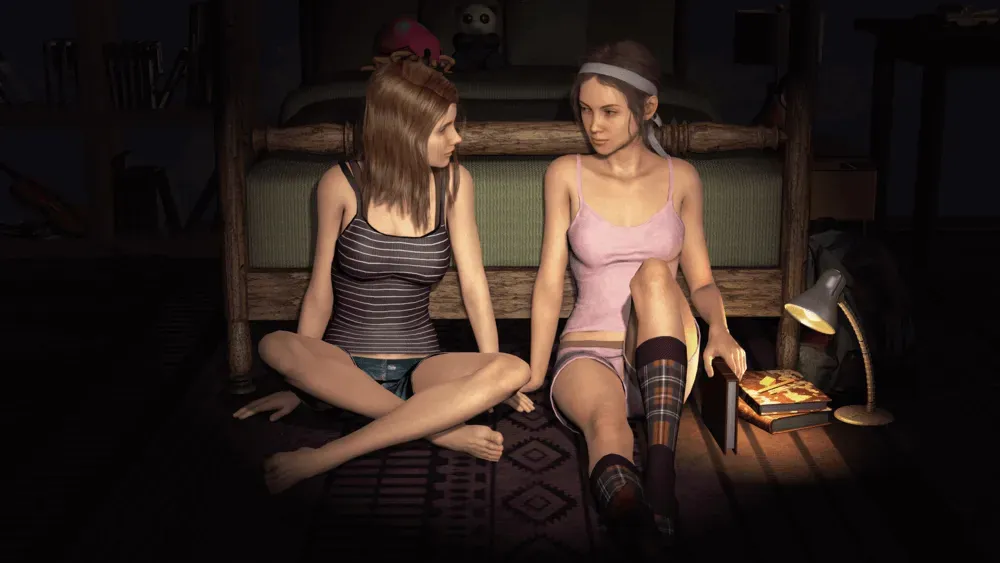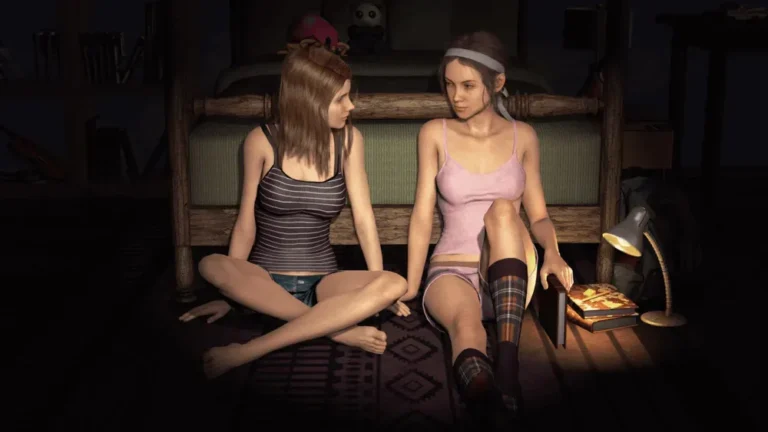
Short Sad Stories
Play Short Sad Stories
Short Sad Stories review
Exploring the emotional and narrative depth of the Short Sad Stories game
Short Sad Stories is a distinctive game that blends narrative depth with interactive gameplay, offering players an emotionally charged experience. This article explores the core elements of the Short Sad Stories game, highlighting its storytelling style, gameplay features, and the emotional resonance it creates. Whether you’re curious about its narrative approach or gameplay mechanics, this guide provides a comprehensive overview to help you understand what makes this game stand out.
Understanding the Narrative and Emotional Core of Short Sad Stories
What Makes the Storytelling Unique?
If you’re tired of games where the story feels like an afterthought, Short Sad Stories will be a breath of fresh, albeit melancholic, air. 😌 This isn’t your typical epic adventure; it’s a collection of intimate, poignant tales that feel like reading someone’s most private diary entries. The Short Sad Stories narrative is built on a foundation of subtlety and implication, trusting you to read between the lines and feel the weight of what’s left unsaid. It’s a masterclass in “less is more,” where a single forgotten object or a brief line of dialogue can carry an entire emotional history.
What truly sets this emotional storytelling game apart is its structure. Instead of one long, drawn-out plot, you experience a series of self-contained vignettes. Each story is a small, perfectly formed world you step into, often for just 15-20 minutes. This format is genius—it allows for a incredible diversity of game story themes, from lost love and fading memories to the quiet grief of everyday goodbyes. You’re not just playing a game; you’re curating a gallery of human experiences. 🎨
The magic is in the interactivity. These aren’t passive stories you watch unfold; they are interactive sad stories where your choices, though sometimes small, define the emotional texture of the tale. You might choose which memento to pick up from a dusty attic or decide what to say in a final, difficult conversation. This agency makes the sadness feel earned and personal, rather than manipulative. You are a participant in the heartbreak, not just a spectator. 💔
How Does the Game Evoke Emotions?
The emotional power of Short Sad Stories doesn’t come from shock value or dramatic twists. Instead, it uses a sophisticated toolkit of techniques to tap directly into your own reservoir of memories and feelings. The game is a master of atmosphere, using a somber, beautiful soundtrack and a muted, often desaturated visual style to set the tone before a single word is read. You feel the melancholy in the air. 🎵
Characterization is another key weapon in its arsenal. You don’t get lengthy backstories. Instead, you learn about characters through the small, tangible details of their lives—a half-finished cup of coffee, a worn-out pair of shoes, a collection of unopened letters. This approach invites you to project your own understanding of loss and longing onto them, making their struggles feel intensely relatable. The emotional impact game mechanics are woven seamlessly into the exploration; the act of opening a drawer or reading a note is the gameplay, and each action deepens your connection to the story.
“I played the story about the old man and his late wife’s garden. I had to stop after because it reminded me so much of my own grandfather. It wasn’t just sad; it was cathartic. I felt like I had properly honored a memory I didn’t even know I was carrying.” – Mark, 34
This player reaction to Short Sad Stories is common. The game holds up a mirror to your own life, and the reflection is often poignant. It evokes emotion by focusing on universal truths: the pain of change, the ghost of regret, and the quiet beauty found in endings. It’s this focus on shared human experience that makes it such a powerful emotional storytelling game.
Here’s a breakdown of common emotional triggers used in the game:
| Story Element | Emotional Impact |
|---|---|
| Fragmented Narratives | Creates a sense of mystery and personal discovery, making you an active participant in piecing together the emotional puzzle. |
| Everyday Objects | Transforms mundane items into powerful symbols of love, loss, and memory, triggering personal associations. |
| Ambiguous Endings | Leaves room for your own interpretation and reflection, allowing the story to linger in your mind long after you’ve finished playing. |
| Subtle Sound Design | Uses quiet moments, ambient sounds, and minimalist music to build a reflective and somber mood. |
Personal Experiences and Player Reactions
The true measure of any emotional impact game is the mark it leaves on its audience, and the player reactions Short Sad Stories has garnered are a testament to its power. I remember one particular story, “The Last Train,” where you play as someone cleaning out their childhood home. I found myself paralyzed by a simple choice: which of two identical, chipped mugs to keep. The game gave no hint about which was “correct,” but in that moment, it wasn’t about winning. It was about my own relationship with memory and what we choose to hold onto. I sat there for a full five minutes, just thinking. That’s the kind of engagement few games achieve. 🤯
Online forums and communities are filled with similar stories. One player shared how a story about a fading friendship helped them finally reach out to an old friend they had lost touch with. Another spoke of weeping not out of sheer sadness, but from a feeling of being profoundly understood. These player reactions Short Sad Stories generate are deeply personal, proving the game’s success as one of the most effective personal storytelling games available. It provides the framework, but you bring the heart.
The game story themes resonate because they are grounded in reality. We’ve all felt the sting of regret, the ache of loneliness, or the bittersweet nature of moving on.
- The Theme of Impermanence: Many stories explore how nothing lasts forever—not relationships, not youth, not even memories.
- The Weight of Regret: Focusing on small, pivotal moments where a different choice could have changed everything.
- Quiet Loneliness: The feeling of being alone even in a crowd, beautifully illustrated through environmental storytelling.
- Finding Beauty in Endings: The idea that conclusions, while painful, can also be meaningful and full of love.
This is what makes Short Sad Stories more than just a game; it’s an emotional exercise. It encourages reflection and, often, a strange sense of comfort. By engaging with these beautifully crafted interactive sad stories, we can process our own feelings in a safe, structured space. It’s a poignant reminder of the power of video games as a medium for connection and empathy, making it a standout title in the world of personal storytelling games. ✨
Short Sad Stories offers a unique blend of narrative depth and interactive gameplay that deeply resonates with players seeking emotionally rich experiences. Its storytelling approach invites reflection and personal connection, making it more than just a game but a memorable journey. If you appreciate games that challenge your emotions and storytelling expectations, Short Sad Stories is worth exploring.









